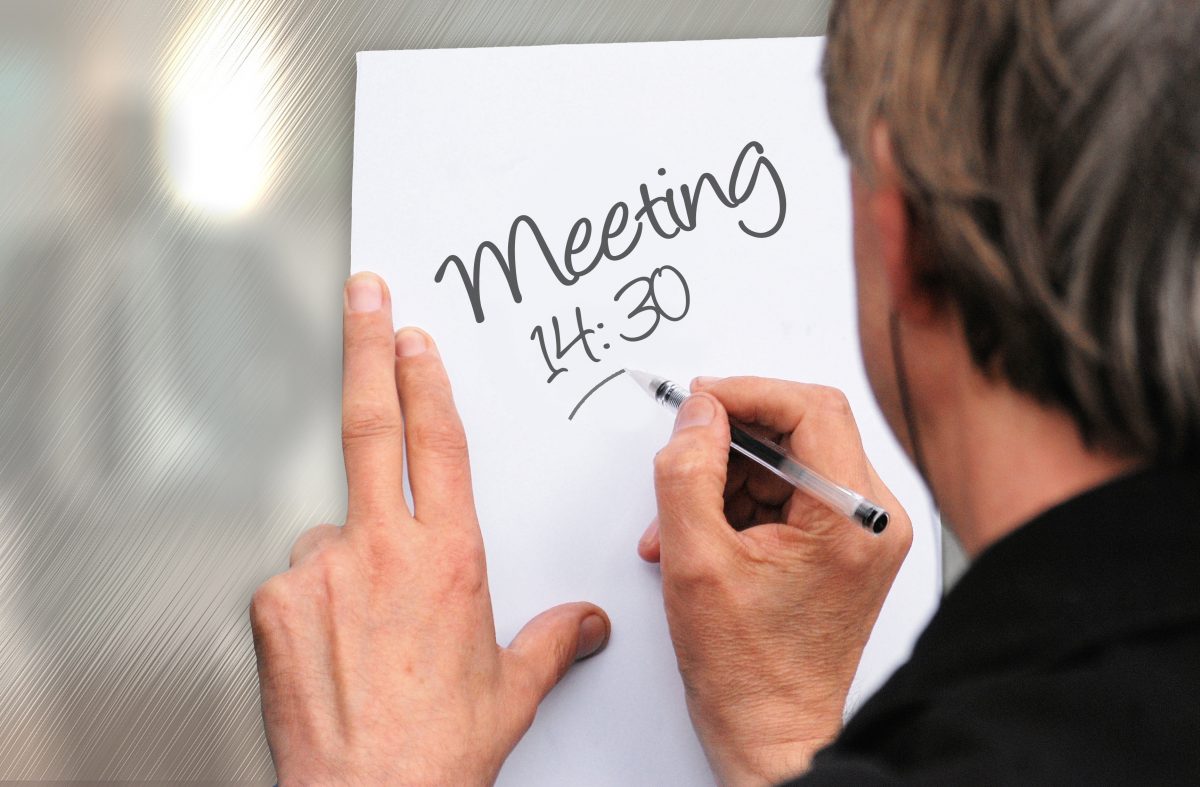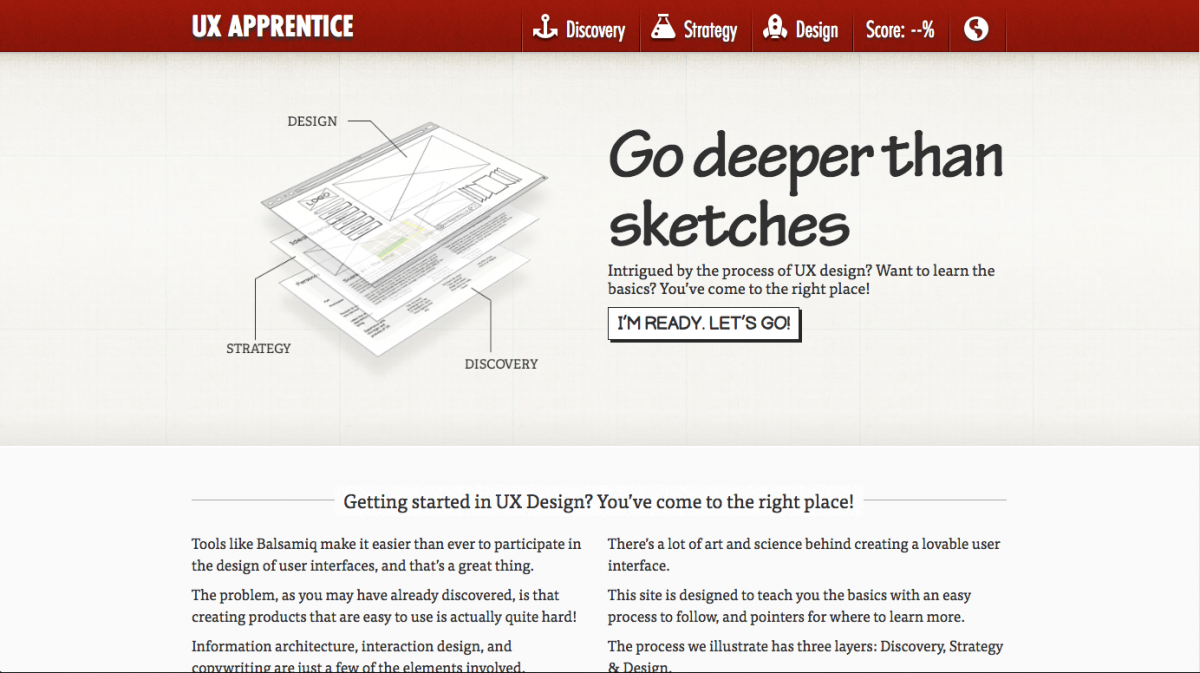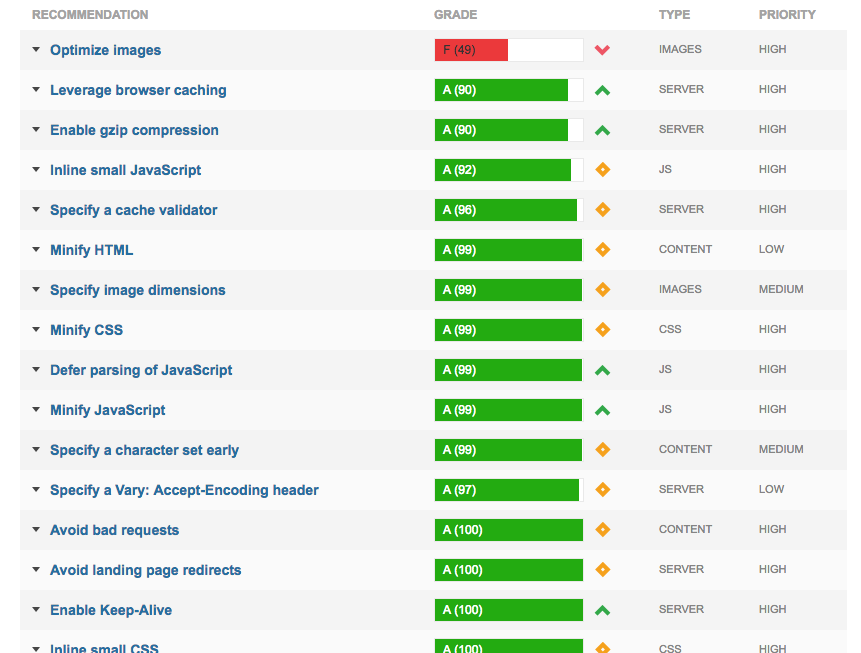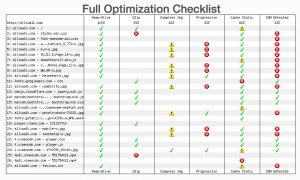52weeksofUX.com has an article called, “What Does It Mean to Be Simple?“, published in 2011. The goal of the article is intended to help clarify what it means to be simple, when it comes to user experiences. It lists 3 main points:
- Have a single core idea (not several ideas, or a partial idea)
- Improve clarity over time (don’t overwhelm with inappropriate details)
- Use consistency (avoid using unnecessarily unique interfaces and messages)
The author subdivides each point into more specific points, such as:
Be consistent through…Occasionally breaking the rules – know when an interface is genuinely unique–it’s probably not as often as you think.
I’d say that a lot of this advice is helpful and similar to concepts found in Don’t Make Me Think and in cognitive psychology. It’s a short read and I’d recommend the few minutes it takes to read it.
Shortly after reading the article, I came across a related question on Quora, “How to make my life simpler?” Having recently read the UX article, I wanted to see if I could extend the points in the article to other aspects of life. What I liked about doing this idea, is that 3 tips on keeping a simple life is incredibly to remember. Once you get to 5-7, even though those are easier to remember than, say 20, it’s still a lot to apply to all aspects of your life. I also liked the idea that repurposing these UX ideas would require them to become distilled down to basic points, that would possibly relate to day to day life, as opposed to just UI design.
Here is my response.
1. Focus on making your decisions binary. For example, President Obama said he chooses either a dark gray suit or a navy suit. “You’ll see I wear only gray or blue suits,” he said. “I’m trying to pare down decisions. I don’t want to make decisions about what I’m eating or wearing. Because I have too many other decisions to make.” Why Obama Doesn’t Pick Out His Own Suits: Decision Fatigue and How…
The goal is to reduce the amount of time you spend deciding on simple tasks, so that you have a greater cognitive reservoir for more important decisions.
2. Refine your life over time. As apparently many people have been doing, I recently read the book, “The Life Changing Magic of Tidying Up”. This process of tidying is something that is part of Japanese culture. There are actually a few Japanese authors who have written books on this topic, but the book by Marie Kondo is most accessible to English speakers. The main point is of this book to only have items around you that “spark joy”. In practice, this means pick your best gray and navy suits, and toss those other suits that you don’t really care for. This process involves a lot of introspection and reflection on your lifestyle and your needs. Once you do it, however, you will have a good idea of how to manage your life.
The goal is that by practicing this over time, you will eliminate items you don’t care for and only buy or keep items that bring you joy. I’ve been practicing this for a few months, and it’s so much of a relief to only keep items I truly love. (I also save money because I only shop for what I need or what I truly love.)
3. Focus on a routine. Basically, do the same thing every day. For instance, even my iPhone has started suggesting that I go to sleep at the same time every day. (I’ve actually had an alarm, for this purpose, for years.) Some people eat dinner at the same time every day, or workout early in the morning. Find your good habits and repeat them every day.
The goal is to find a pattern that works for you and that you’re comfortable with. Sometimes you’ll need to break your routine, or even change your routine, but the fact that you have one will keep your life simple.
I thought it worked, but there was still something missing. I thought about what the core message was: introspection. Understanding what’s important to each person…because having the best advice in the world means nothing if it’s irrelevant.
Several years ago, I saw a documentary film called Enlighten Up! at the IFC Center. The documentary is a skeptics take on the world of yoga. (Actually, it’s the filmmaker’s vicarious and voyeuristic film project.) Eventually, the skeptic ends up in India where he meets a guru, and is determined to get the guru to tell him which form of yoga is best for him to achieve enlightenment. The answers from the guru were enlightening:
“Everything depends on you. Hangs on you. You should feel the importance of yourself. You are the most important person for any decisions, all the decisions…
[Q. How to achieve happiness?] This is a good question. Let me put a little stress on it: [Look at how hard you are working to achieve your happiness.] Is there any happiness [in that]? You will have to question yourself. Where is it? Where can I get that happiness?
[Q. I am not a religious person.] If you don’t like [something], don’t do it. But you can still be a religious person.
[Q. How can that be?] Be yourself. Be your true self.
[Q. How do I do that?] As much as possible, try to get rid of what you are not and what you are unnecessarily wearing on yourself.“
(Emphasis added.)
The guru’s final statement is what led me to add the following to my Quora answer – that ultimately what makes for a simple life is to understand of what is and what is not important to you, and to let life take its course naturally from that.
Whether or not you choose to follow these 3 tips or not, the decision is yours. To reiterate, the main thing is the self-examination of your life. In fully committing to this act, understand and appreciate your own self-worth. Understand and pursue goals that are important to you. When you find out what is truly important to you, allow yourself to decide and naturally remove what is not.*

So how would I turn the guru’s response into tips for simple UX design?
- Clearly define your goals. Know what’s truly important to achieve your goals. In the guru’s words, “Know what is true.” All manner of churn and delay will follow when goals are poorly defined.
- Stay on track. As much as possible, eliminate everything that doesn’t achieve these goals. This is probably as close to the 52weeksofUX article as anything.
- Don’t force it. If it doesn’t work, it doesn’t work. A related Italian saying, coming from the perfectly-imperfect Italian fashion sense Sprezzatura: “Always cut. Never pull”. Whatever the end result is, it should feel natural. For example, I once presented two designs for a website to my design colleagues. Everyone unanimously decided that they liked choice A over B, yet the group continued to discuss how to make B into a better design. In the end, I as the designer, recognized that the reason the group was still discussing B was because it was inferior but they were trying to force it into a better design. It was my own suggestion that because we had a good option already and we should simply eliminate option B, rather than force it to be something it wasn’t.
*Note: If I could include a clip of this one scene, I would. Unfortunately, most of the clips I found on YouTube were not great, so I’m not going to include them. I found an extended bonus clip, but it doesn’t include the parts I’m quoting above.






